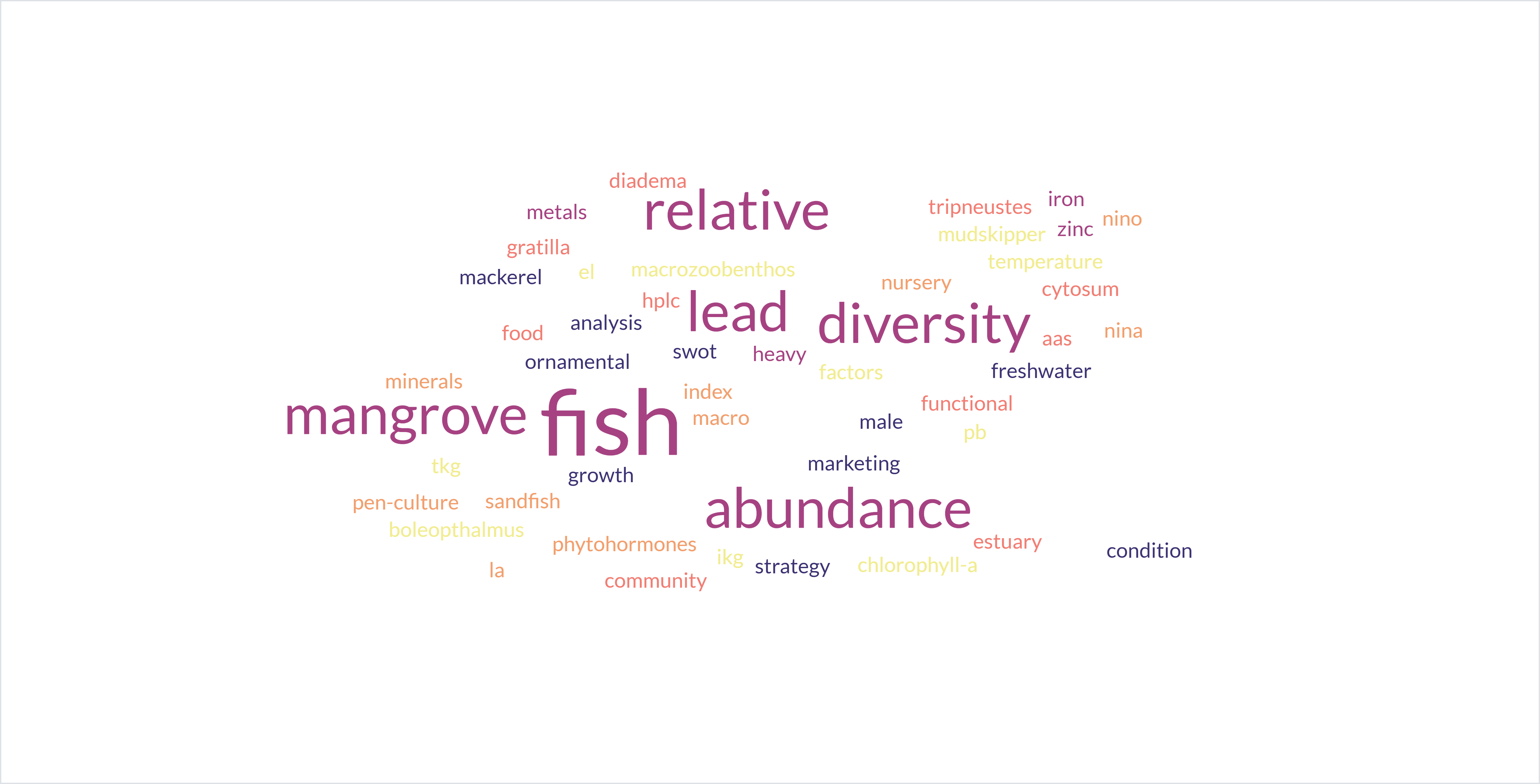GUIDE FOR REVIEWER
Reviewer Guidelines
Reviewer Guidelines for Jurnal Ilmiah PLATAX
To access Reviewer Guidelines in Indonesian please click Panduan For Reviewer JIP
1- Preparation before reviewing.
Before you accept or decline an invitation to review an article from Platax Scientific Journals, consider the following questions:
- a) Is the article in your area of expertise? Only accept it if you think you can leave a high-quality review.
- b) Do you have a potential conflict of interest? Share this with the editor when you respond.
- c) Do you have time? The review process will take time. Before you commit, make sure you can meet the deadlines.
- d) Respond to invitations as soon as possible (even if they are rejected) - delaying your decision slows down the review process and means more writers are waiting.
2- Manage Your Reviews
Confidential documents: If you accept, you must treat the materials you receive as confidential documents. This means you can't share them with anyone without the permission of the previous editors. Because peer reviews are confidential, you also may not share information about reviews with anyone without the permission of the editors and authors.
How to enter and access your reviews: Your review will be managed through OJS. To access papers and submit your reviews. Log in using your username and password on OJS JIP or click on the link in the invitation email you received which will take you to the submission/review system.
Journal-specific instructions: When you sit down to write a review, make sure you familiarize yourself with journal guidelines (author guidelines).
First, read the article. You might consider examining the main problem by choosing which passage to read first.
Methodology: If the script you are reviewing reports on an experiment, check the methods section first. If you find an issue related to unhealthy methodology or discredited method. Please immediately write a recommendation for the submitted article. Missing processes are known to have an effect on the reported areas of research. The conclusions drawn contradict the statistical or qualitative evidence reported in the manuscript. For analytical papers, check out the sampling reports, which are mandated in the study to be time-dependent.
Research data and visualization: Once you are satisfied that the methodology is robust enough, examine any data in the form of numbers, tables, or figures. A critical issue in research data, which is considered a major weakness can be related to insufficient data points, variations that are not statistically significant, and unclear data tables.
- Compile your review
Your review will help the editor decide whether to publish the article or not. This will also help writers and allow them to improve their scripts. It is important to provide an overall opinion and general observations on the article. Your comments must be polite and constructive, and must not include comments on personal details including your name.
You are asked to provide insight into any deficiencies in the article being reviewed. You need to explain and support your judgment so that editors and writers can fully understand the reasons behind your comments. You must indicate whether your comments are your own opinion or are reflected by data and evidence.
Your recommendation
When you make recommendations, it's a good idea to consider the categories the editor is likely to use to classify articles:
Accept as it is (without revision)
Major Revisions - (describe revisions as needed)
Minor Revisions - (describe revisions as needed)
Decline (explain your reasons in your report)
If you are recommending a revision, you must provide a clear and coherent explanation to the author of why this is needed. Once you are ready to submit your review results, follow the instructions on the "Review Form"
Final decision: The editor finally decides whether to accept or reject the article. The editor will weigh all review results and can ask for other opinions or ask the author to submit a revised article before making a decision.
- After your review
After you submit your review, you should not forget that, even after completing your review, you should treat the article and the files or linked data as confidential. This means that you may not share it or information about the review with anyone without the prior editor's permission. Finally, we take this opportunity to sincerely thank the journal, editors, and authors for the time you took to provide your valuable input on the article.





































